We stayed in a comfortable hostel in the ultra-touristy (but compensated for by the low season) Plaka neighbourhood street of Kydathineon that was right beneath the nose of the Acropolis. While this was great for touring Athens' central sights, stepping out each time required us to wade through a series of restaurants who had almost blocked the streets with outdoor (heated) patios. Smooth-talking salesman vied with one another (and within earshot of each other too) to compete for the business of all passersby. Saying no to them was like refusing the invitation of a close relative. All of them offered free beverages and they all seemed to be freelance as they really had no idea if a particular menu item was unavailable on that day. We did spread our business among them to sample their few vegetarian offerings.
Squeezed beneath the Plaka and the Acropolis is the tiny village of Anafiotika, full of extremely narrow lanes (single file!) with white-washed houses that seemed to have been transplanted from a remote island. And that is almost true as the village was first inhabited by stonemasons from the island of Anafi, who came to Athens to build King Otto's palace in the early 19th century. We enjoyed our exploration through these narrow lanes and stairways with the white houses. We did not see any residents as it was early in the day but we saw plenty of cats who regarded us with feline curiosity.
The Acropolis is linked to the site of the Ancient Agora by a pleasant pedestrian promenade (that used to be choked by traffic before), making the entire historical center seem like a fairy tale land. Unlike the Parthenon, the similar-looking Temple of Hephaestus (built in 449 BC) is in much better shape and is the best preserved Doric temple in Greece. It looks majestic when viewed from the top of the Acropolis surrounded by a sea of green.
The Ancient Agora (the only one of its kind we've seen on this trip, all the other agoras we saw in Turkey were Roman Agoras) is the site where the ancient Greeks lived their everyday social life. The Acropolis was a sacred site meant for worshipping the Gods. But your average g(r)eek would have hung out in the agora. Even the annual festival Panathneaic procession headed for the Acropolis would pass through the Ancient Agora. But not much stands today in the site of the Agora.
The Stoa of Attalos has been completely recreated to resemble its original two-storey form and houses the Agora Museum. This museum houses the most significant exhibits to Greek Democracy - a Voting Machine (made of stone with slots), a Water Clock to time speeches (we had heard of these when we toured ancient Smyrna earlier) and the Stele of Democracy that declares a law against Tyranny with the symbolic crowning of Demos by Democracy. Another interesting exhibit showed Roman heads with male pattern baldness and facial imperfections, something the perfectionist Greeks would not have cared to depict!
The Ancient Agora is considered the birthplace of Democracy. It did not last too long as Greece was then conquered (by Macedonians, Romans etc.). Another curious highlight is the system of Direct Democracy - distinct from Representative Democracy - where citizens voted their policy preferences directly rather than have a representative standing in for them. The Ancient Agora was also home to the world's first "hippie", Diogenes, who lived wildly in a public bathtub. When the invading Macedonian king Alexander the Great had sought him out and asked him if he wanted anything, Diogenes apparently told Alexander "Yes, Stand a little out of my Sun!".
The lively cafe culture around the Ancient Agora gives the exhausted tourist a break from all this ancient history. The train line to the harbor passes underneath the ancient Agora and makes for a quirky contrast. A brief walk from there is the Monastiraki Square area which is a busy marketplace and train station. It served as a good landmark for us to radiate our way around the old city streets.
Just around the corner from the Ancient Agora and across the Thisio railway station, is the ancient cemetery site, Keramikos (which gave rise to the word Ceramics) that was used from the 12th century BC to Roman times. This necropolis is complete with its own gates and streets and the replicas of grave stones with the originals kept inside the nearby museum or the Athens Archeological Museum. It is these stelae that hold the interest of the modern visitor as they provide insight into the touching grave culture of the ancient inhabitants, both noble and ordinary citizens. The stelae feature exquisitely carved statues of the dead person in the company of their living relatives. Many of them feature the "handshaking motif" where the dead person is shaking hands with their living relatives. Notable among those at Keramikos is the grave relief of Demetria and Pamphile, two sisters.
The Tower of Winds and Roman Agora (aka Forum) are also nearby and deserve a few minutes (yes, one has to ration time according to the level of importance) of your time. The Tower of Winds was built in the first century BC and functioned as a sundial, weather vane, water clock and compass. The octogonal structure has relief figures depicting the wind associated with that particular direction. Not much remains of the Roman Agora that is adjacent to the Tower of Winds.
The Athenophile emperor Hadrian left his mark on the city with various structures. The ultra-touristy Adrianou street (named after him) roughly connects the Library of Hadrian and Hadrian's Arch (132 AD). The library is now just a square of rubble. One side of the square is adjacent to the Monastariki square and train station. The Hadrian Arch has been blackened by modern city traffic and was intended to be a dividing point between the ancient city and the Roman city. It bears the inscription "This is Athens, the ancient city of Theseus" on one side and "This is the city of Hadrian, not of Theseus" on the other. The nearby Temple of Olympian Zeus was considerably larger than the Parthenon. It was begun in the 6th century BC and was only completed by Hadrian in 131 AD. Only a few of the original hundred+ columns remain. You can also see a fallen column that was blown down by a gale in 1852.
The National Archaeological Museum is the only site we visited that was away from the ancient Athens area. It is too big to be covered in a single visit but we managed to get in the highlights in a couple of hours, thanks again to the excellent audio guide provided by Rick Steves. We got an excellent introduction to the Mycenaean civilization (15th century to 12th century BC) with the intriguing gold Mask of Agamemnon, Vaphio Gold Cups and other artefacts unearthed from Mykines, situated on the Pelopennesian Peninsula. More details on this will be featured on our subsequent blog post on Mykines (coming soon!).
Breezing through several centuries, we next came to the Sculpture collection of Kouros that showed the interesting progression in sculpting technique over the centuries as artists acquired the skill of representing the effect of dynamic motion on human musculature. Then came the Sculpture of Zeus or Poseidon, that draws the crowds. Due to the absence of the hand-held weapon, the identity of the figure is ambiguous. Zeus would have held a thunderbolt and Poseidon would have held a trident.
We also got a recap of our Kermakos visit with the grave reliefs gallery. Notable among these are the moving image of a dead mother whose child reaches out to her and those of women who seemed to be wondering what jewellery to take with them to the other world. Then several stunning statues of Roman copies of Greek gods (the distinguishing factor is the presence of tree stumps to support them). The previously mentioned Varvakeion Athena, a horse with Ethiopian slave, Greeks fighting Amazons, Greek Athletes, the Head of Alexander with lion mask, Aphrodite with Pan and Eros, Statue of a fighting Gaul, Statue of Emperor Augustus, Statue of Ephesian Artemis (blast from the past!), sleeping Maenad, Asklipios (Greek god of medicine and healing) and so on. There is plenty more that we did not get to see. And did we say that all this can be viewed for free on the first Sunday of the month? Just ridiculous but we'll take it.
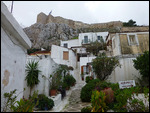
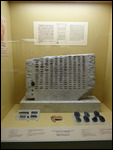
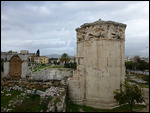


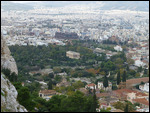
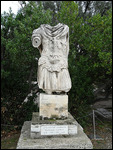
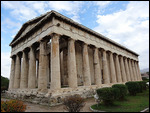
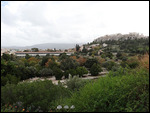
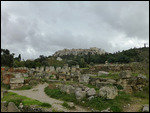
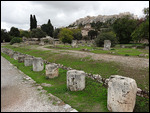
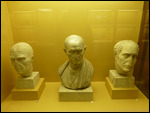



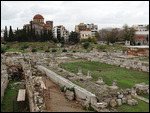

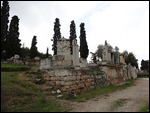
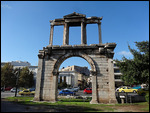



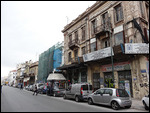
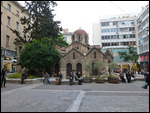

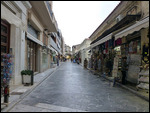
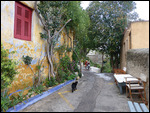
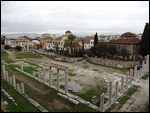


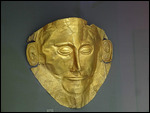

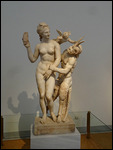

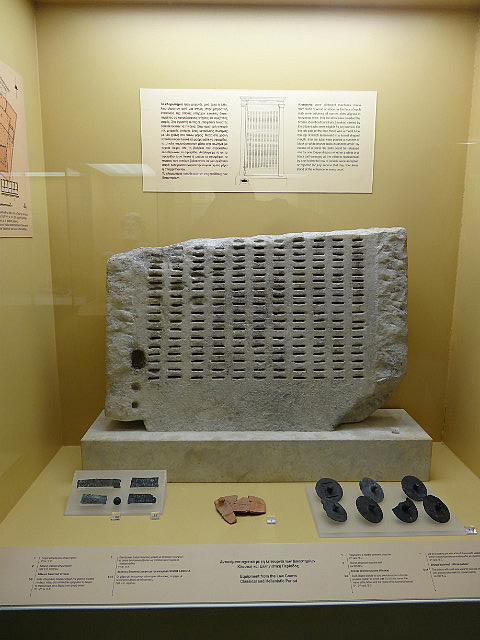
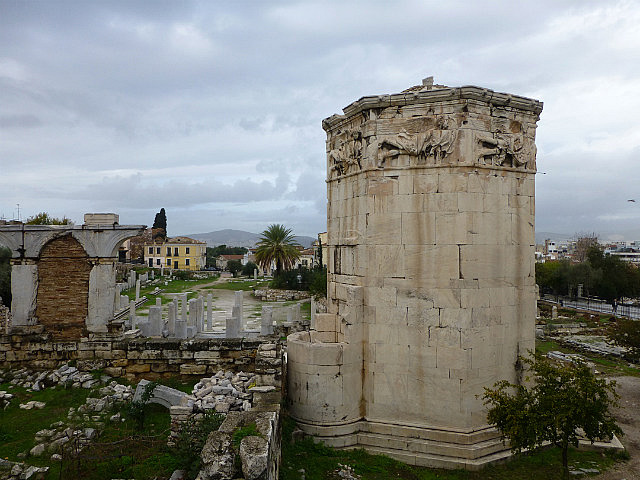

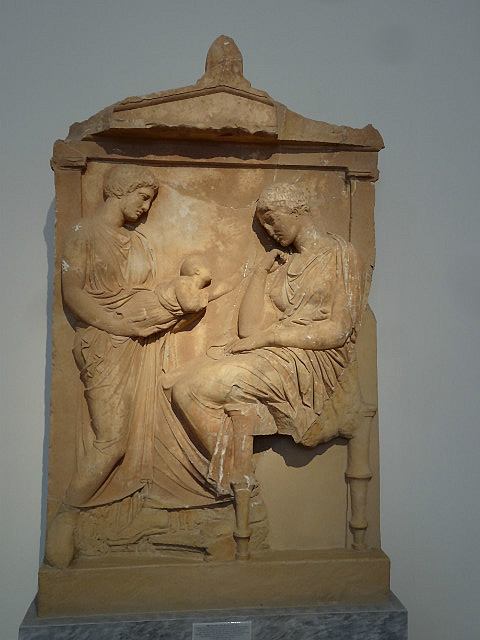
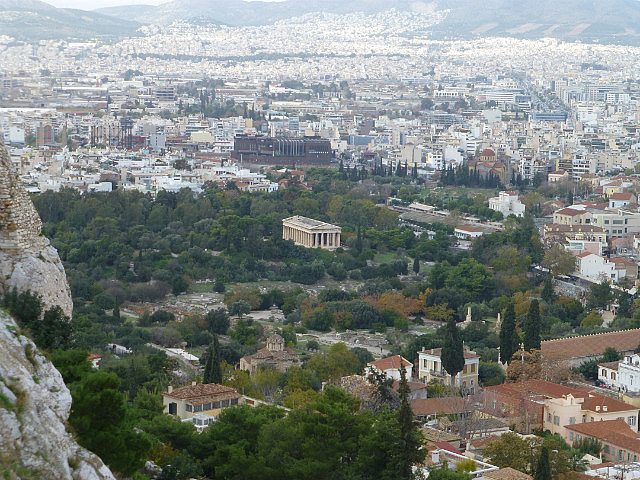

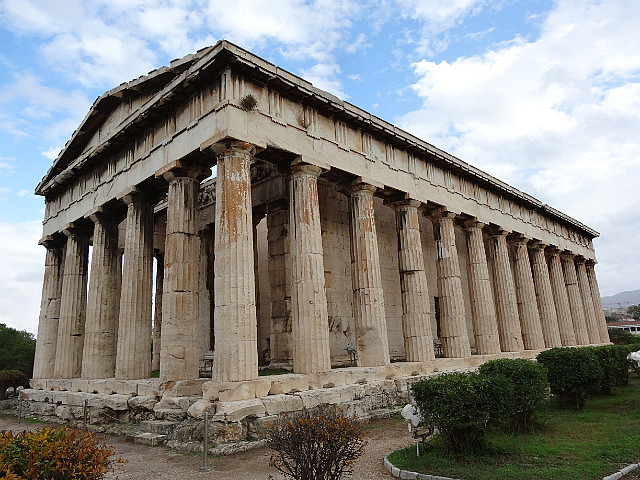
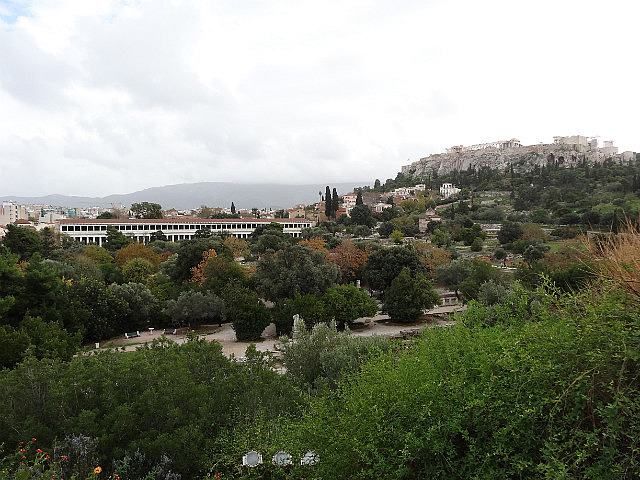
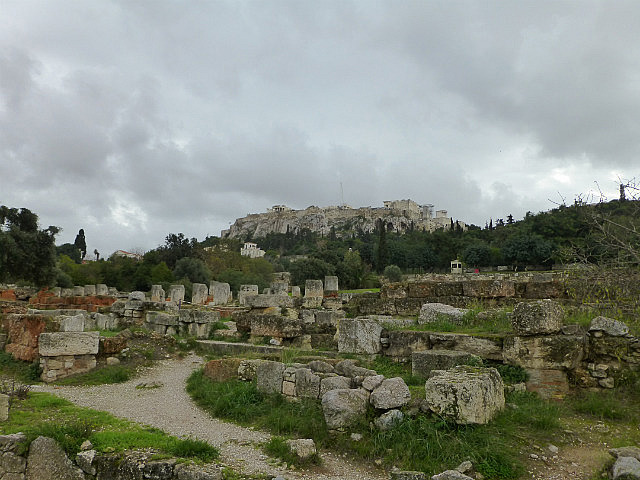
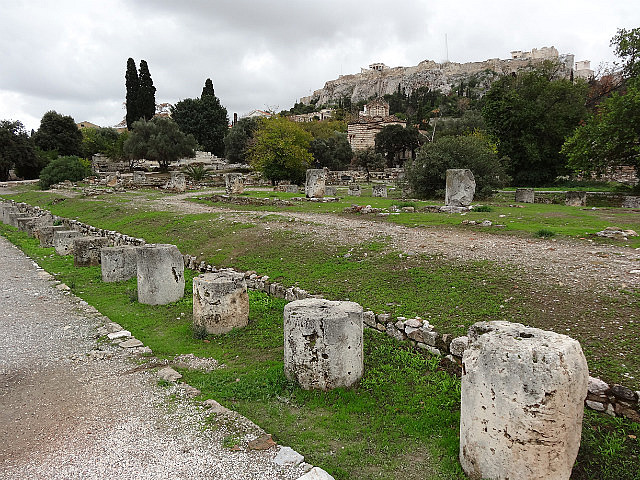
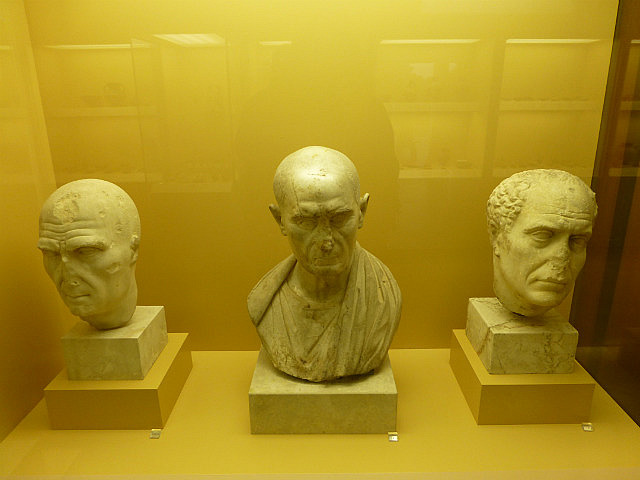

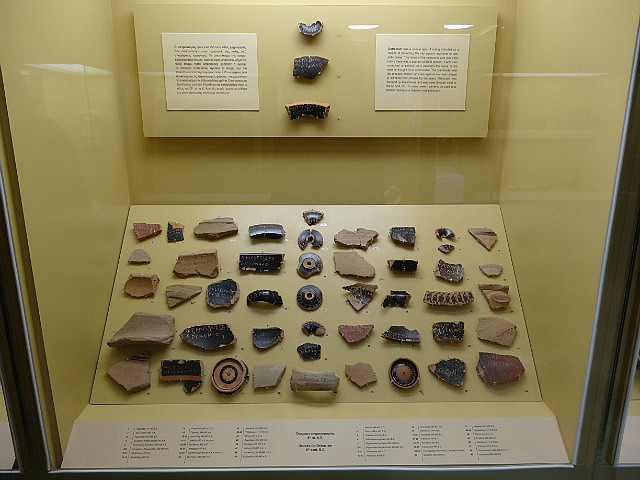




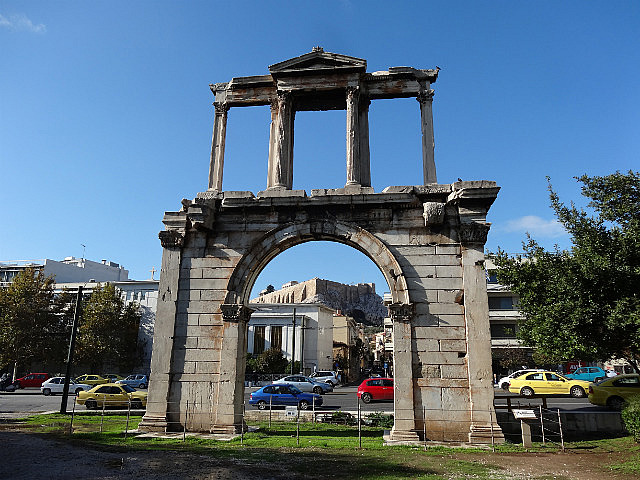
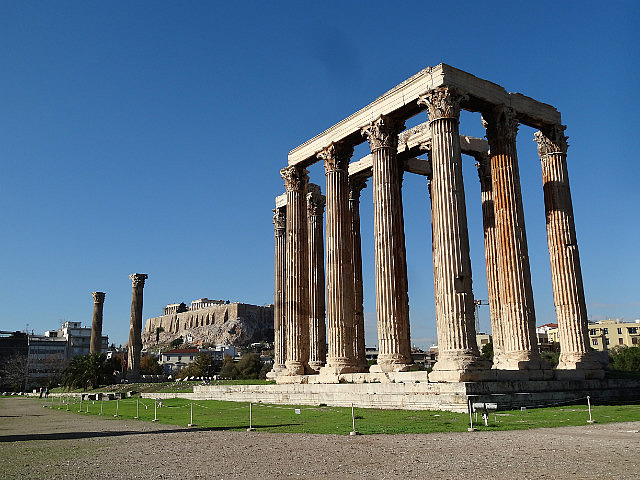
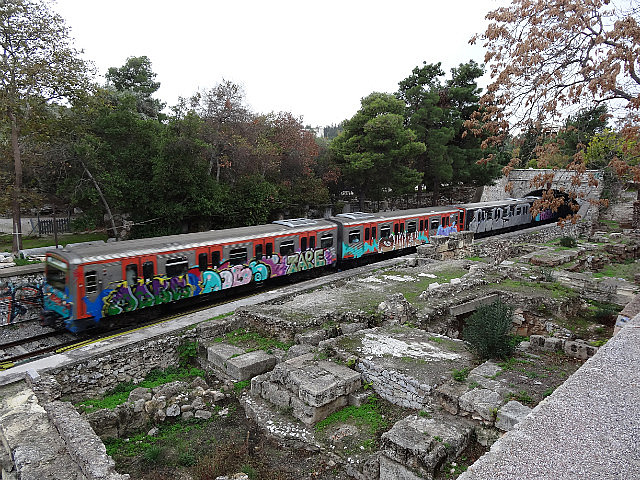

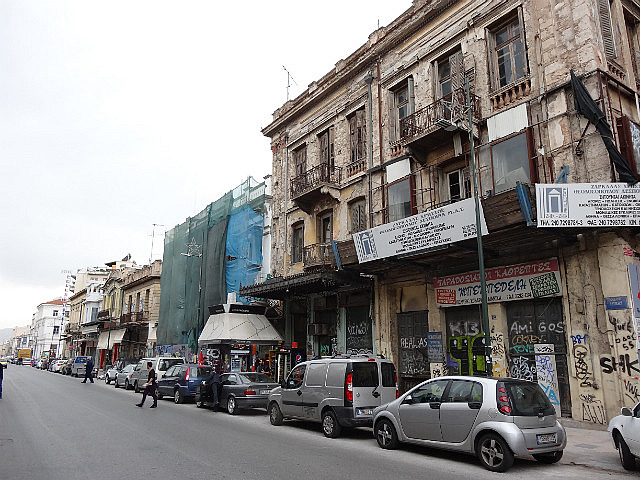
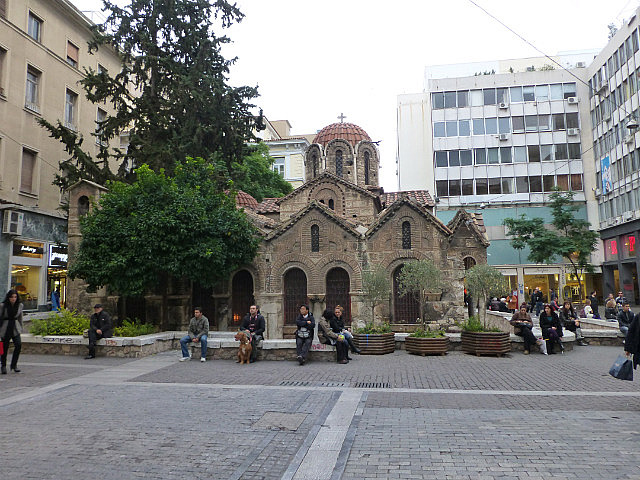
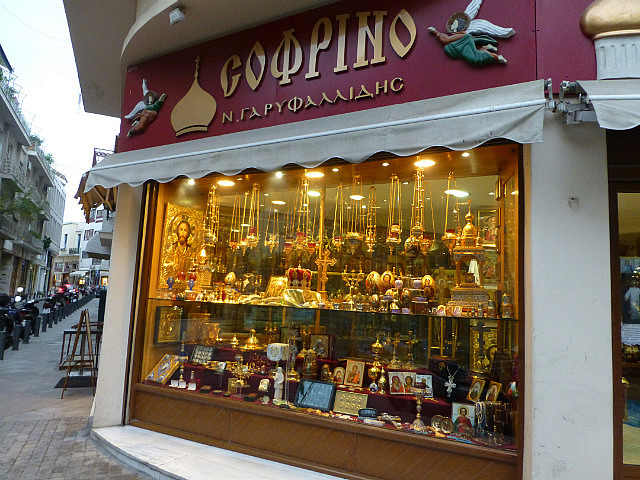

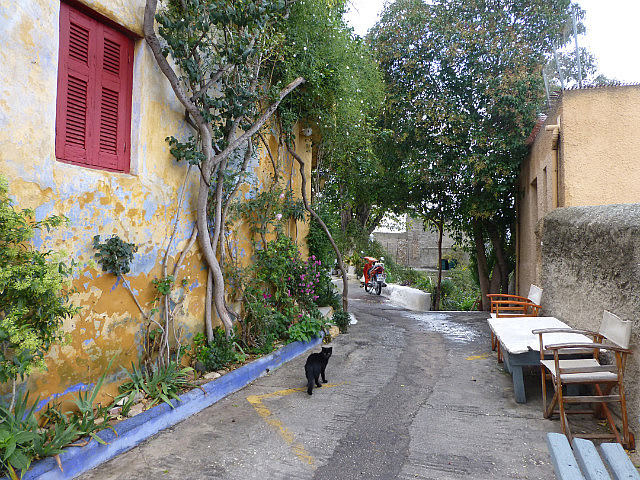
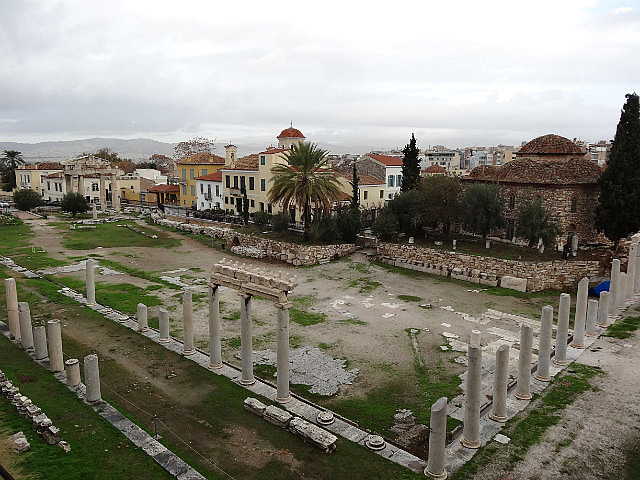
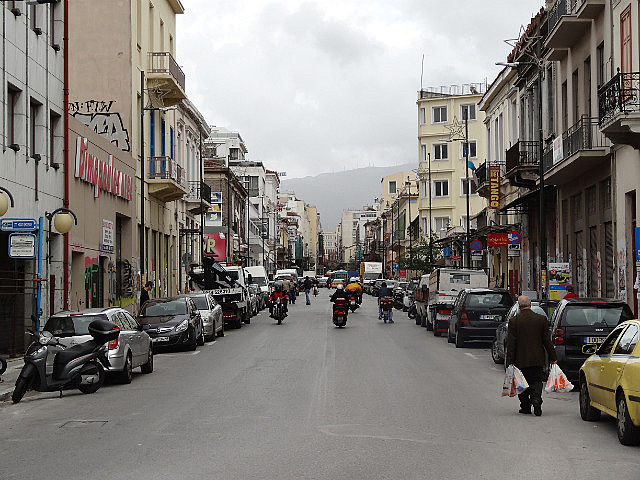
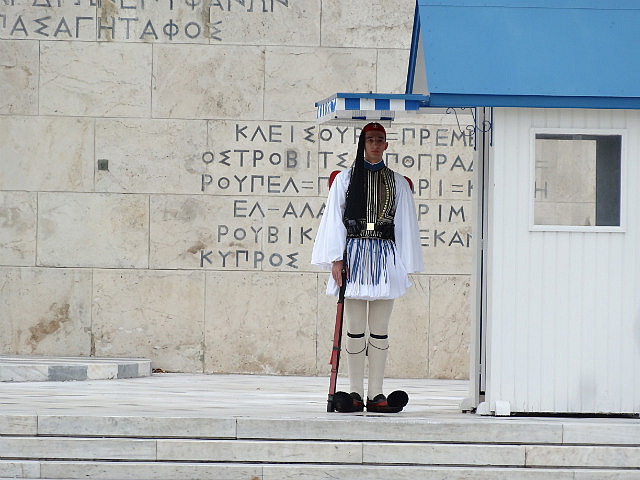
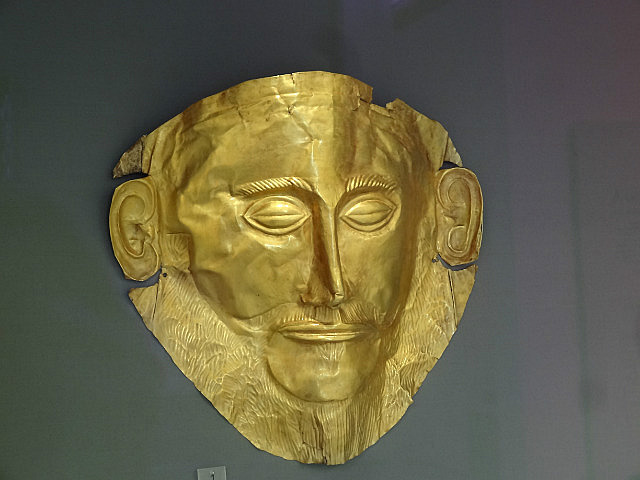


Comments